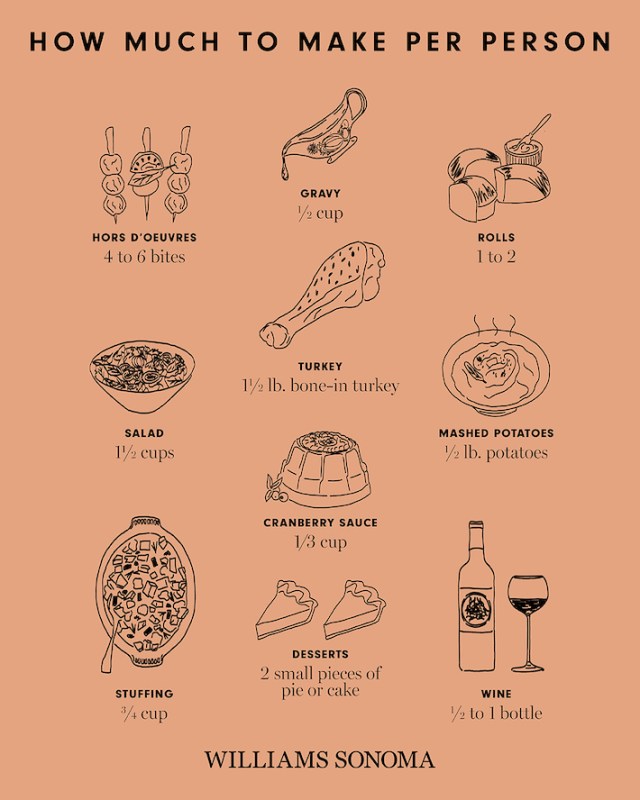Look, don’t come for us. We all love Thanksgiving leftovers. The argument could even be made that the leftovers are even better than the big meal itself. Perhaps it’s because the flavors have had more time to marinate in the refrigerator, becoming even more delicious and complex than the day before. Or maybe there’s just less pressure when everyone has gone home and we can finally put on our sweatpants and carb-load in front of the TV without boring Uncle Ned talking about bitcoin. Either way, it seems everyone has a favorite Thanksgiving leftover preparation — be it another full plate, doused in a heavy pool of microwaved gravy, or a multi-layered, multi-textured sandwich, bursting at the seams with everything from stuffing to cranberry sauce. But there is such a thing as too many leftovers. Some years, it seems no matter how many plastic containers we send home with family, no matter how many delicious sandwiches we make in the days to come, in the end, we just made too much food.
Thankfully, Williams-Sonoma has created a convenient guide to help prevent an abundance of gluttony this year. Their helpful chart indicates the average amount people tend to eat of each popular Thanksgiving dish, and how much to make (or buy) of each item.

Most every traditional Thanksgiving dinner tends to consist of many, if not all of the following dishes: hors d’oeurves, turkey, gravy, salad, rolls, mashed potatoes, cranberry sauce, stuffing, and of course, dessert and wine. Of these dishes, it certainly surprised us to discover the average amount consumed by each person. What do you think?
- Hors d’oeuvres: 4-6 bites
- Turkey: 1 1/2 pounds bone-in turkey
- Gravy: 1/2 cup
- Salad: 1 1/2 cups
- Rolls: 1-2 each
- Mashed potatoes: 1/2 pound
- Cranberry sauce: 1/3 cup
- Stuffing: 3/4 cup
- Dessert: 2 small pieces pie or cake
- Wine: 1/2 – 1 bottle
Of course, no one knows your family’s eating habits better than you do. If we’re being totally honest, the thought of a mere half cup of gravy per person seems more than a little bit absurd, but maybe that’s just us. Either way, perhaps this helpful guide will make your Thanksgiving dinner plans and preparations a little easier this year. Because if there’s one thing you don’t want to stress about when it comes time to clean up the mess, it’s making room for the abundance of extra food in the fridge.
But if you ask us, maybe just make a little more gravy than the chart calls for.



